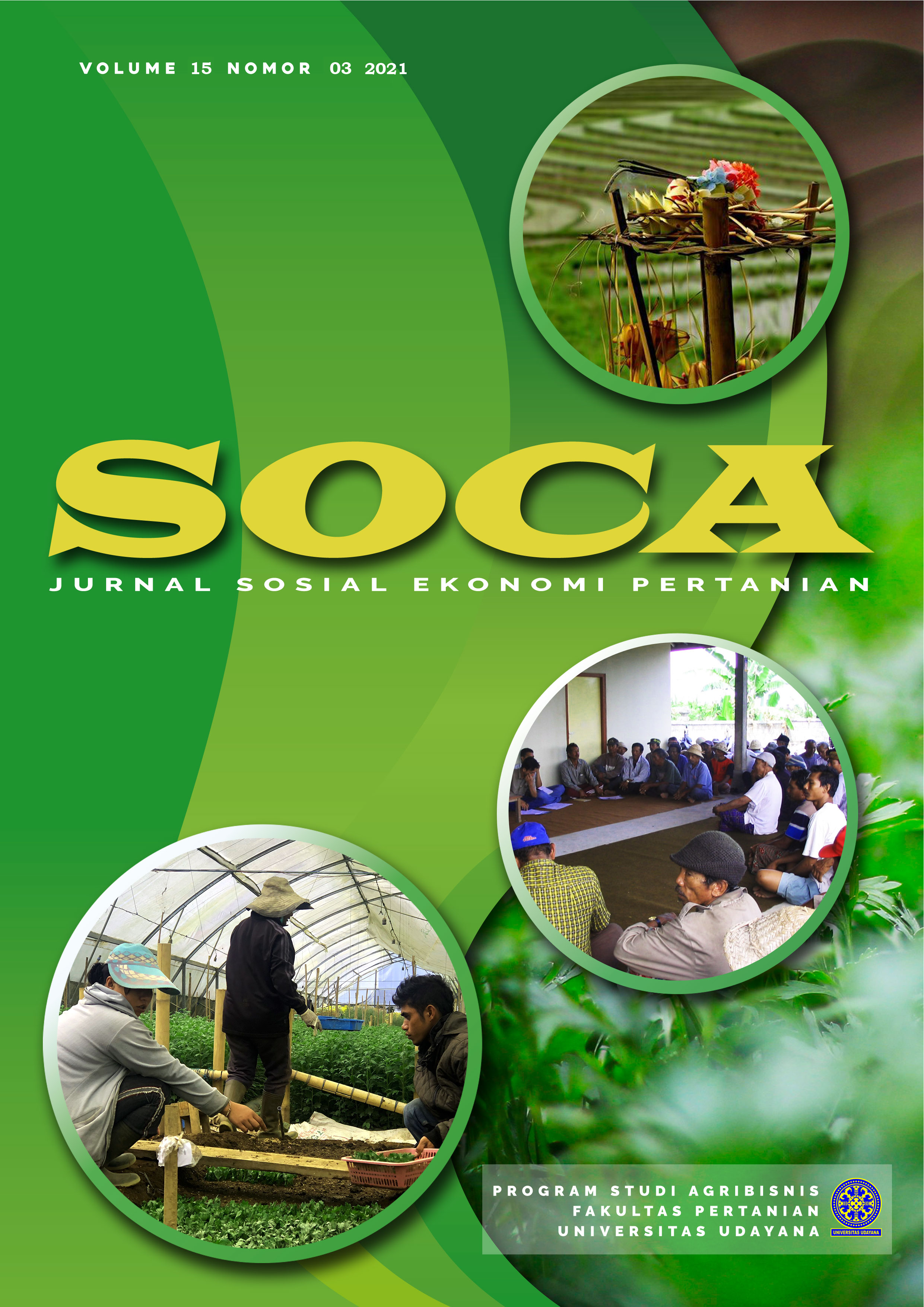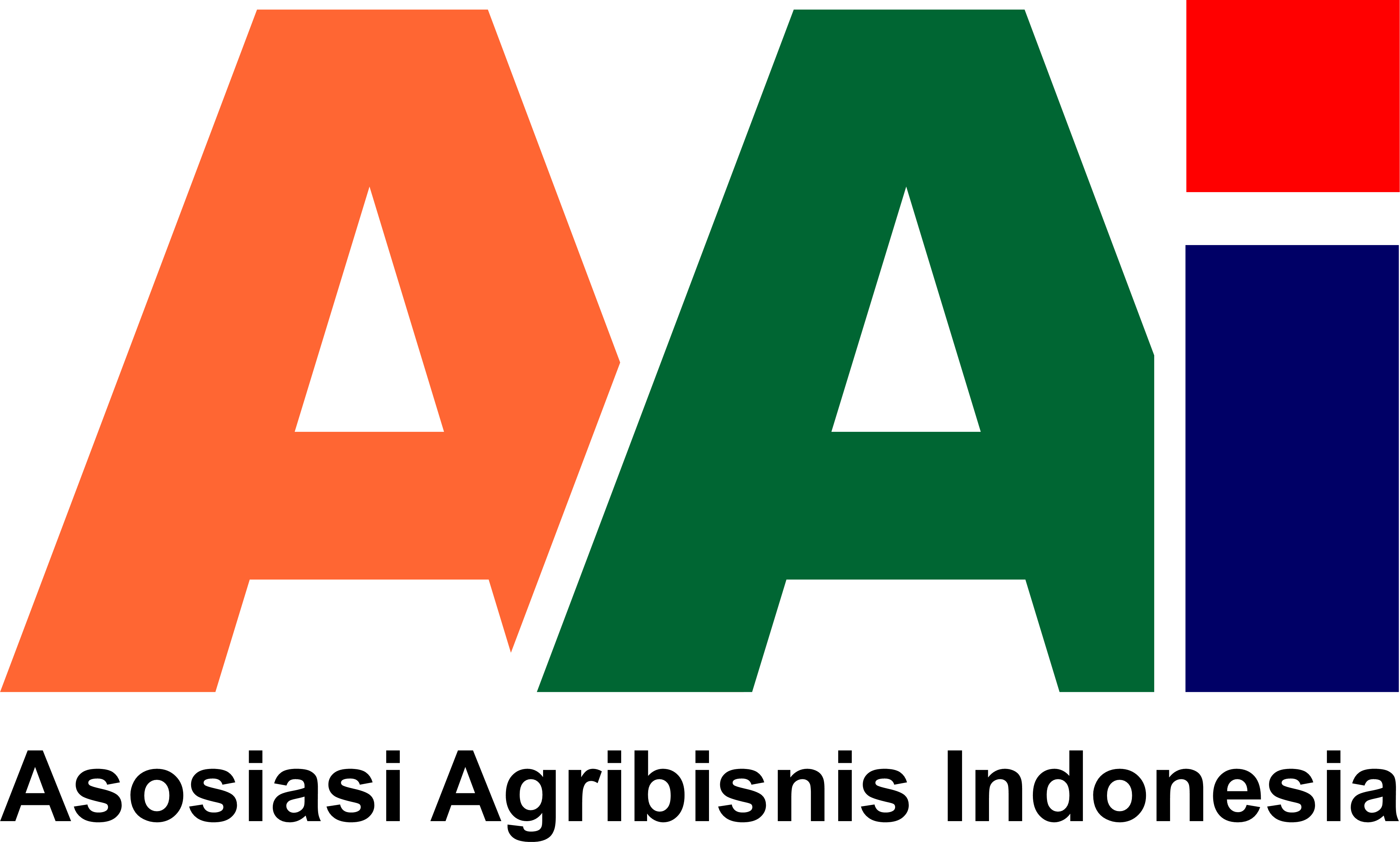Socio-Economic Impact of Agropolitan Area Development Among Chrysanthemum Farmer
Abstrak
Chrysanthemum farmers had encountered significant issues during the agropolitan program implementation. Their small-scale business, seasonal fluctuation, poor knowledge and innovation contribute as hindrances in running the program. This study aimed to explore the socio-economic impact of the agropolitan program among the farmer. We conducted a study in December 2019 on the Gemah Ripah Farmer Group. Purposive sampling technique was applied to recruit thirty-four farmers from the farmer group as study participants. This was a descriptive study with a qualitative approach. Literature review, interview sessions, and observation were conducted to collect the study data. Data analysis consisted of three steps: 1) data reduction, 2) data display, and 3) conclusion and verification. The data validity was tested by credibility, transferability, dependability, and confirmability test. Results revealed that the social impact percieved by the farmer was the ease in accessing daily needs and health care, intimate relationship between farmer and local people, development and refinement of cropping tools, and stronger institutional structure of the farmer group. The economic impact observed were improvement of the narrow field utility value, income enhancement, and improvement of employment opportunities. Further studies are required to explore more perspectives to obtain varied information from a different layer of parties involved in the programs.
##plugins.generic.usageStats.downloads##
Referensi
Ahmad, Y., Saad. H., Afgani, E. Y., & Yusof, N. (2018). Economic Impact To Quality of Life of Agropolitan Participants in Malaysia. Journal of ASIAN Behavioural Studies, 3(8), 57–69. https://doi.org/10.21834/jabs.v3i8.278
Basuki, A. T. (2012). Pengembangan Kawasan Agropolitan. Jurnal Ekonomi dan Studi Pembangunan, 13(1), 53–71. https://dx.doi.org/10.18196/jesp.13.1.1291
Fadlil, M. A., Sumekar, W., & Mardiningsih, D. (2020). Strategi Pengembangan Agrowisata Berbasis Bunga Krisan (Chrysanthemum morifolium R.) di Taman Bunga Celosia, Desa Candi Kecamatan Bandungan Kabupaten Semarang. Jurnal Ekonomi Pertanian Dan Agribisnis (JEPA), 4(1), 39–50. https://doi.org/10.21776/ub.jepa.2020.004.01.4
Farhanah, L., & Prajanti, S. D. W. (2015). Strategies In Developing Agropolitan Areas In Indonesia. Jurnal Ekonomi Pembangunan, 16(2), 158–165. https://doi.org/10.23917/jep.v16i2.1460
Ho, K. L. P., Nguyen, C. N., Adhikari, R., Miles, M. P., & Bonney, L. (2018). Exploring Market Orientation, Innovation, and Financial Performance in Agricultural Value Chains in Emerging Economies. Journal of Innovation & Knowledge, 3(3), 154–163. https://doi.org/10.1016/j.jik.2017.03.008
Latip, A. R. A., Yusoff, O. M., & Samsurijan, M. S. (2020). The Socioeconomic Impacts of Agropolitan Project in The Rural Areas of The East Coast Region of Malaysia. Kajian Malaysia, 38(1), 47–65. https://doi.org/10.21315/km2020.38.1.3
Maghfira, A., Setiadi, A., & Ekowati, T. (2017). Kontribusi Usahatani Bunga Krisan terhadap Pendapatan Rumah Tangga Petani di Kecamatan Bandungan Kabupaten Semarang. Jurnal Sosial Ekonomi Pertanian, 1(1), 26–33. https://doi.org/10.14710/agrisocionomics.v1i1.1639
Nugroho, A. D., Waluyati, L. R., & Jamhari, J. (2018). Upaya Memikat Generasi Muda Bekerja pada Sector Pertanian di Daerah Istimewa Yogyakarta. Jurnal Ilmu Pemerintahan dan Social Politik UMA, 6(1) 76–95. https://doi.org/10.31289/jppuma.v6i1.1252
Pratiwi, L. P. K. (2018). Potensi Pengembangan Ekowisata Berbasis Masyarakat sebagai Upaya Pemberdayaan Masyarakat Perkotaan di Daerah Aliran Sungai Ayung. SOCA : Jurnal Sosial Ekonomi Pertanian, 12(1), 75–86. https://doi.org/10.24843/SOCA.2018.v12.i01.p06
Shifa, L. K., Budiraharjo, K., & Roessali, W. (2019). Analisis Nilai Tukar Petani Bunga Krisan pada Anggota Kelompok Tani Gemah Ripah di Dusun Clapar Desa Duren Kecamatan Bandungan Kabupate Semaran. SOCA : Jurnal Sosial Ekonomi Pertanian, 13(3), 355–365. https://doi.org/10.24843/SOCA.2019.v13.i03.p06
Syaefudin, S. (2018). Kesadaran Keluarga Petani terhadap Pentingnya Pendidikan Formal. Jurnal Psikologi Integratif, 6(1), 62–80. https://doi.org/10.14421/jpsi.v6i1.1467
Todorova, S., & Ikova, J. (2014). Multifunctional Agriculture: Social and Ecological Impactson Theorganic Farms in Bulgaria. Procedia Economics And Finance 9 (p. 310-320). Bulgaria: University of Agriculture. Diambil dari https://doi.org/10.1016/S2212-5671(14)00032-X













